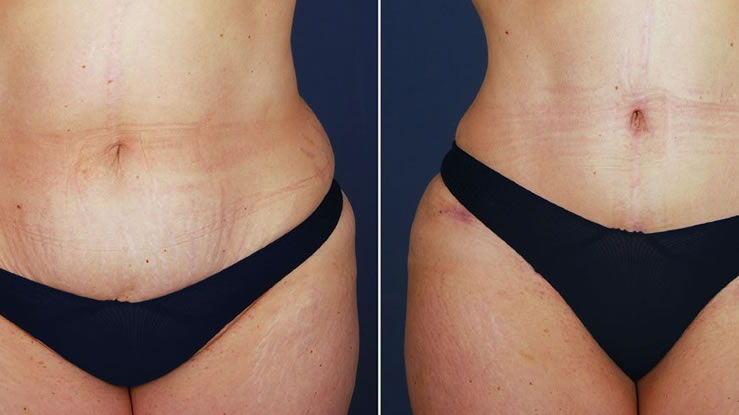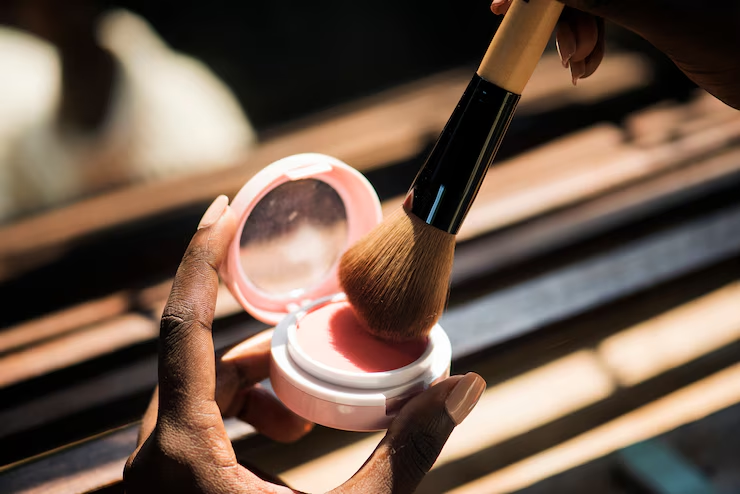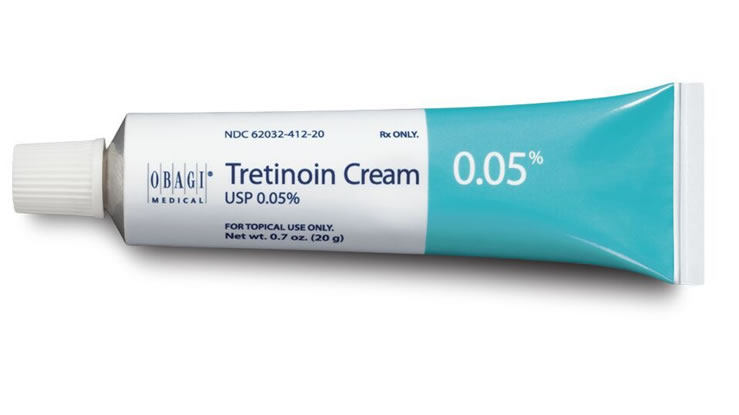People often hear both “tummy tuck” and “abdominoplasty” when searching for ways to tighten their midsection. These terms are used in clinics, advertisements, and online videos. Many wonder if there is a real difference between a tummy tuck and an abdominoplasty. The short answer is no. They refer to the same surgical procedure. But how these words are used, and what people mean when they say them, can create confusion.
This article explains the difference between a tummy tuck and an abdominoplasty. It also explores what happens during the procedure, who it suits, what recovery looks like, and what results you can expect.
What the Terms Actually Mean
“Tummy tuck” is a simple, informal term. It’s easy to say and easy to remember. Many patients use it when talking to friends or searching online.
“Abdominoplasty” is the medical name. Surgeons and medical professionals use it when discussing the operation in detail or writing on health websites.
Both words refer to the same surgery. A tummy tuck is not a different or lighter version of an abdominoplasty. They are simply two names for one process.
Read Also>>>What Is the Best Thing About Getting Your Tummy Tuck?
What the Surgery Does
This procedure removes extra fat and skin from the stomach area. It also tightens the muscles in your abdominal wall. It is often done when diet and exercise are not enough to achieve a flat or firm stomach.
Common goals include:
-
A tighter waistline
-
A smoother belly area
-
Removal of loose skin after pregnancy or weight loss
-
Repair of separated muscles (diastasis recti)
Why the Two Names?
The term “tummy tuck” sounds less scary to many people. It feels more casual and friendly. For this reason, doctors often use it when first speaking to patients.
“Abdominoplasty” may come up later when giving medical papers, surgery notes, or consent forms. Some clinics even list both names in their brochures or websites.
Are There Any Medical Differences?
There is no medical difference between a tummy tuck and an abdominoplasty. Both names refer to the same operation. That said, there are different types of this surgery. These include:
-
Full abdominoplasty: Removes fat and skin from the entire stomach area. Tightens muscles in the mid and lower abdomen.
-
Mini abdominoplasty: Removes fat and skin from the lower abdomen only. Muscle tightening may not be included.
-
Extended abdominoplasty: Targets the stomach and the flanks or sides. Used when large amounts of skin need to be removed.
Whether you call it a tummy tuck or an abdominoplasty, you can choose between these types based on your needs.
Who Is a Good Candidate?
The best candidates for this surgery are:
-
People with loose or hanging skin on their stomach
-
People who have lost a lot of weight
-
Mothers with stretched skin or muscles after pregnancy
-
People who are not planning to become pregnant again
-
People who are in good health and don’t smoke
This is not a weight loss procedure. If you are still losing weight, your surgeon may ask you to wait. The surgery is also not a treatment for stretch marks, though some marks may be removed with the skin.
Consultation Process
Before having a tummy tuck or abdominoplasty, you’ll meet with a surgeon. During this meeting:
-
You will explain your goals
-
The doctor will examine your abdomen
-
Photos may be taken for your medical file
-
You’ll discuss risks, recovery, and results
You should ask if you’re getting a full, mini, or extended tummy tuck. This helps set clear expectations and helps you understand the healing process.
What Happens During the Surgery?
The procedure takes about 2 to 4 hours. You will be under general anesthesia, which means you will sleep through the operation.
Steps include:
-
The surgeon makes an incision from hip to hip, usually just above the pubic area.
-
Another incision is made around the belly button in full tummy tucks.
-
The surgeon removes excess skin and fat.
-
The abdominal muscles are pulled tight and stitched into place.
-
The skin is pulled downward and stitched at the incision line.
-
The belly button is moved and shaped if needed.
-
The area is closed with stitches and dressed with bandages.
Some people may also have liposuction to improve the shape.
What Is Recovery Like?
Recovery depends on your body and the type of tummy tuck you had. Most people stay in the hospital for a day or two. Drainage tubes may be placed to remove fluid.
At home:
-
You will need to rest and avoid strain
-
You may walk slightly bent forward for the first week
-
Pain, swelling, and bruising are common
-
You may need to wear a compression garment for 4 to 6 weeks
-
You should avoid heavy lifting for at least 6 weeks
Full recovery can take up to 3 months. Scars will fade slowly over a year or more.
Risks and Side Effects
Every surgery carries risks. These can include:
-
Infection
-
Bleeding
-
Scarring
-
Fluid buildup (seroma)
-
Numbness or skin changes
-
Muscle weakness
Following your surgeon’s care advice lowers these risks. Choosing a certified and experienced surgeon also improves your outcome.
How Long Do Results Last?
Results from a tummy tuck or abdominoplasty are long-lasting. As long as your weight stays stable, the skin and muscle improvements will stay in place. Pregnancy after surgery can undo the results. Gaining weight may also stretch the skin again.
Many people report feeling more confident in their clothes and happier with their body. You can expect a flatter, firmer, and more sculpted midsection.
How Much Does It Cost?
Costs vary depending on where you live and the experience of your surgeon. In general:
-
A full tummy tuck may cost between $4,000 and $15,000
-
A mini tummy tuck may cost between $3,000 and $8,000
-
Extended tummy tucks can cost more due to the larger area involved
Prices usually include the surgeon’s fee, anesthesia, hospital stay, and follow-up visits. Most insurance plans do not cover this surgery unless it is done for medical reasons, such as hernia repair or skin infection prevention.
Choosing a Surgeon
Look for:
-
Board certification in plastic surgery
-
Experience with tummy tucks or abdominoplasty
-
Clear before-and-after photos
-
Patient reviews and ratings
-
A clean and licensed clinic or hospital
You should feel comfortable asking questions. A good surgeon will explain each step and be honest about what to expect.
Popular Myths About Tummy Tucks
Myth 1: It’s the same as liposuction
No. Liposuction removes fat only. A tummy tuck also removes skin and tightens muscles.
Myth 2: It’s only for women
Not true. Men also get abdominoplasty, especially after major weight loss.
Myth 3: You won’t have scars
There will be scars. Most are hidden below underwear lines and fade over time.
Myth 4: You can’t get pregnant after a tummy tuck
You can, but it may stretch the muscles and skin again.
Psychological Benefits
Besides physical changes, many people enjoy mental benefits after surgery:
-
Better posture
-
Less back pain
-
More confidence in clothing
-
Greater motivation to maintain weight
-
Relief from skin folds or rashes
These effects vary, but they are common reasons why people choose to have the procedure. The difference between a tummy tuck and an abdominoplasty is only in the name. Both refer to the same surgery. This operation removes extra skin and fat, tightens weak muscles, and helps reshape your waistline. Whether you hear “tummy tuck” or “abdominoplasty,” you are talking about the same treatment.

















